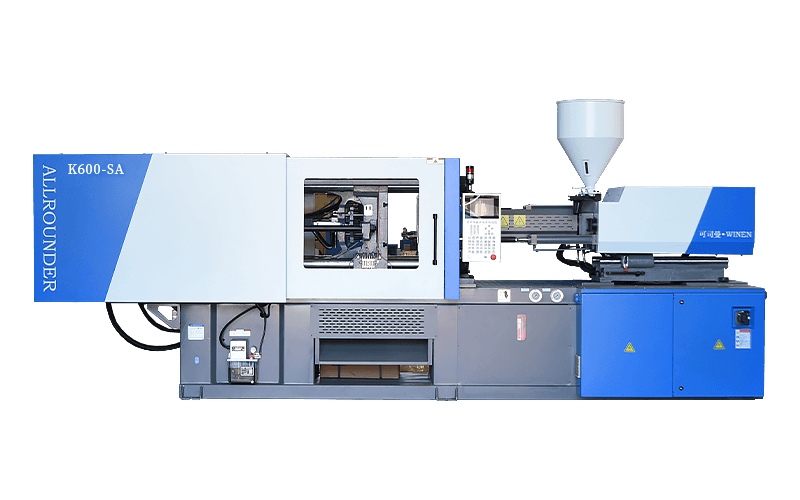In the realm of modern manufacturing, the creation of plastic products has evolved into a refined art that hinges on precision, efficiency, and reliability. At the heart of this transformative process lies the PET injection machine, a sophisticated piece of engineering that brings plastic products to life. While the entire machine is a symphony of intricate mechanisms, one component stands out as the unsung hero of precision molding – the clamping unit.
The clamping unit's primary role is to hold the two halves of the mold together with a tenacious grip. As the molten PET material is injected into the mold's cavity, the clamping unit exerts a calculated force that prevents any leaks or deformations. This force, known as clamping force, is meticulously calibrated to counteract the pressure exerted by the injected plastic.
Tie bars, robust rods that traverse the machine, are the backbone of the clamping unit's strength. They distribute the clamping force evenly across the mold, ensuring that the entire process remains stable and consistent. These tie bars are designed with precision to withstand immense pressure while maintaining the integrity of the mold's shape.
However, the clamping unit's responsibilities extend beyond mere force application. It is also responsible for the controlled movement of the mold during each production cycle. The mold must be opened to release the finished product and then securely closed again for the next injection cycle. This orchestration demands an intricate dance of synchronization, guided by hydraulic or mechanical systems.
In some advanced systems, the clamping unit's platens may exhibit additional movement capabilities, such as horizontal or vertical sliding. This feature facilitates the removal of the molded product and the precise positioning of the mold for the subsequent injection cycle. Such nuanced movements are a testament to the engineering finesse behind the clamping unit's design.
In the realm of industrial machinery, safety reigns supreme. Modern PET injection machines are equipped with an arsenal of safety mechanisms embedded within the clamping unit. Sensors, interlocks, and emergency stop mechanisms work in concert to prevent accidents during mold changes, maintenance, and operation. The clamping unit ensures not only the creation of high-quality products but also the well-being of those operating the machine.
As we navigate our plastic-infused world, the clamping unit in PET injection machines stands as a symbol of precision engineering. Its unyielding strength and intricate movements are the silent guardians of plastic product manufacturing, guaranteeing the consistency, accuracy, and safety of the injection molding process.



 English
English 中文简体
中文简体












